Just a heads-up—cybersecurity is a daily thing!
This month is just to give you a little nudge.
So, keep scrolling and make the most of
what’s heading your way.

It's no surprise that cybercrime is constantly rising.
So, it's safe to say that every business needs to up
its cybersecurity game.
Answer this quick set of questions, and we'll reveal where your business stands.

Yup, you know the damaging aftermath of a cyberattack.
But while you're sipping your coffee or taking
a little work break, do you ever think about what
goes on behind the screen, probably
just before a cyberattack?
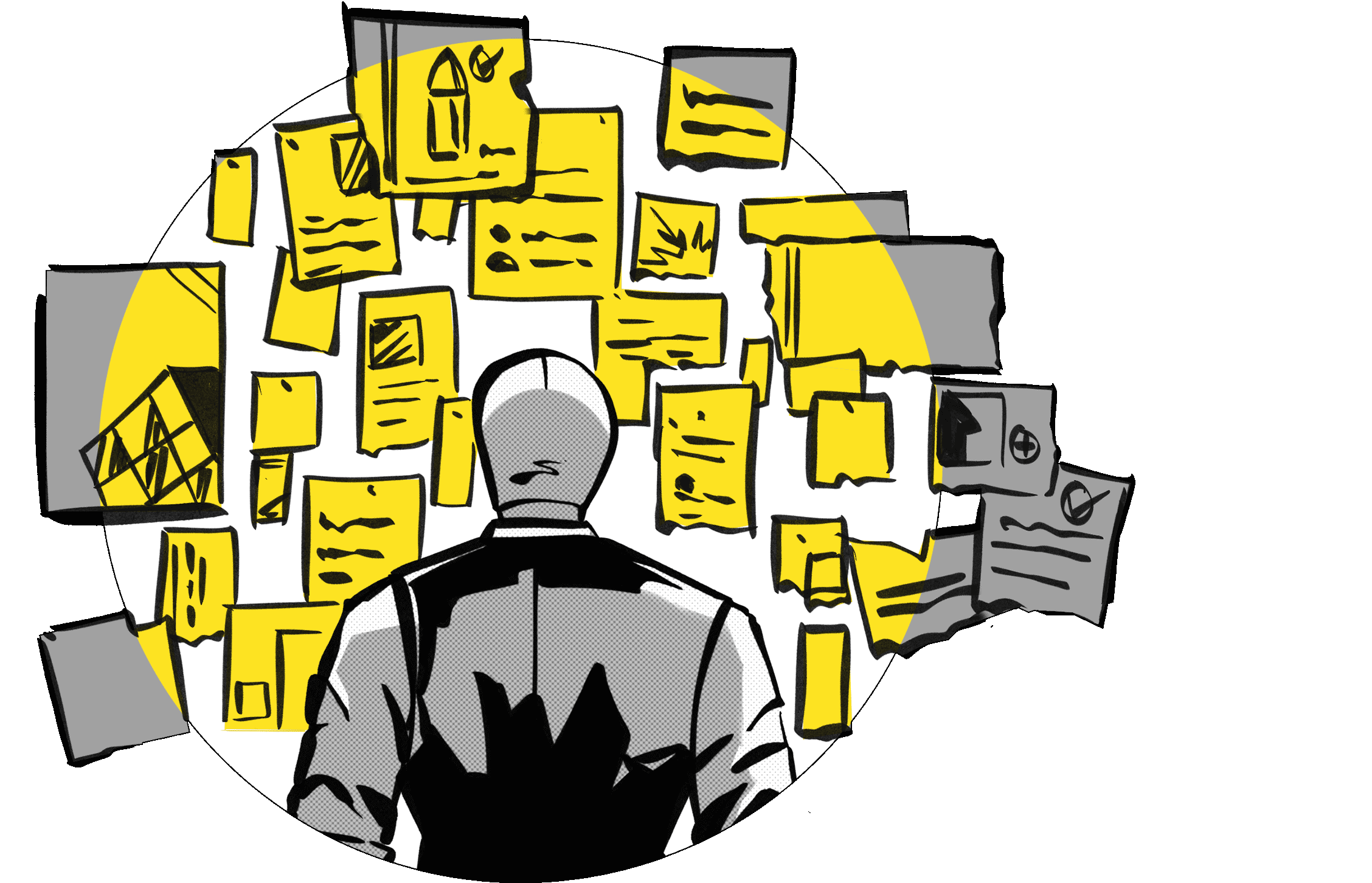



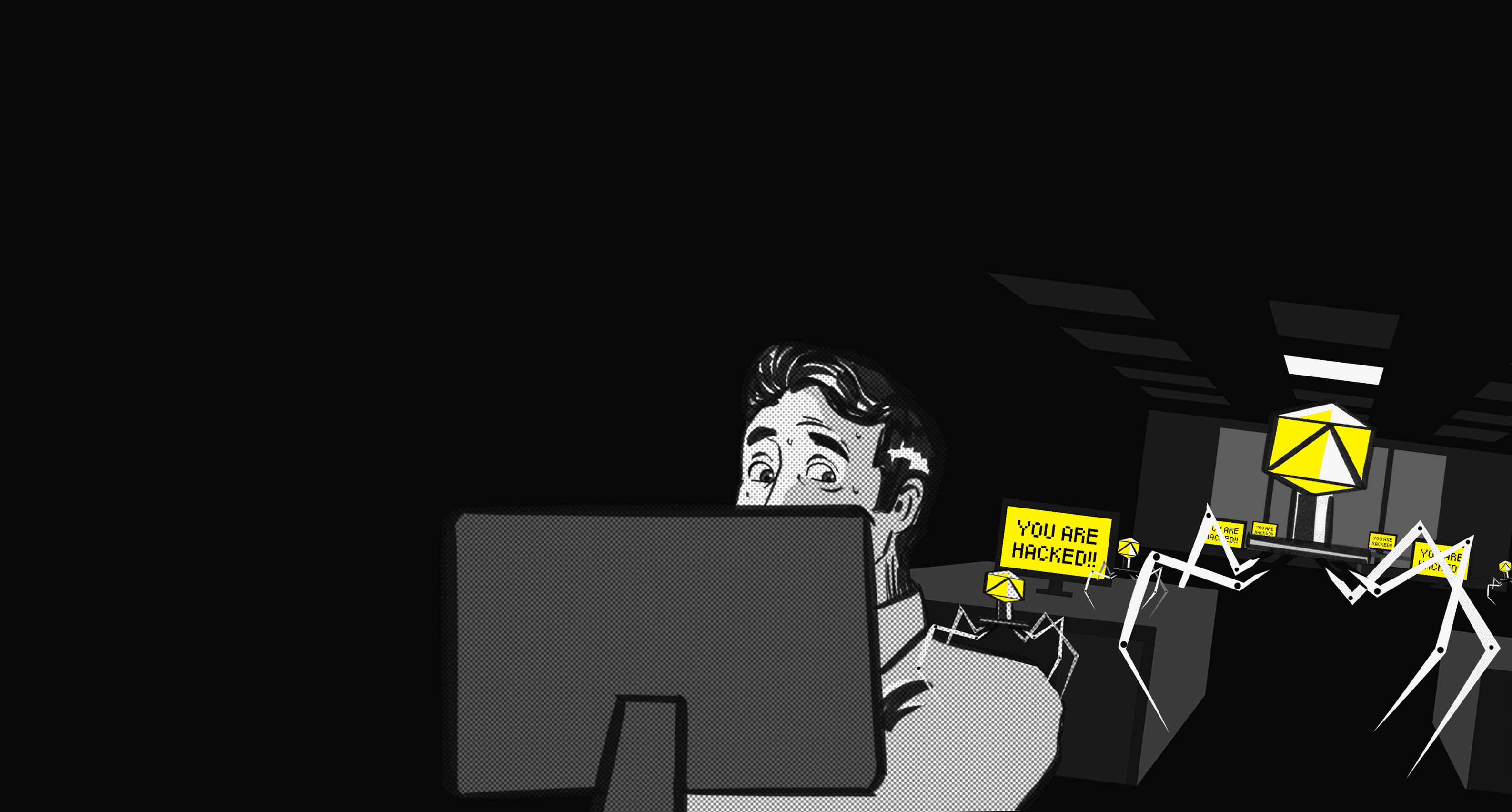


...quite obviously. In the first stage, the cyberattackers watch their targets to learn information and figure out their method of attack. This involves digging up details about the target company's assets, their cybersecurity posture, IP addresses, software, etc. The attacker aims to find a weak link to sneak through the company's defenses.
Battle, aka the weaponization stage, is when an attacker decides the method of attack. Will it be phishing? Ransomware? Social engineering tactics? It depends on the details gathered during the first stage. Be it collecting tools to find vulnerabilities or attacking unpatched security software, they will try anything to get what they're after.
The hacker locks in on a target based on the information collected about said target and uses their choice of attack to lure their target in. This could be sending a sneaky email, aka phishing, setting up a fake page, or hitting the target with ransomware, spyware, or another form of attack.
Here's the most critical part of the hacker's plan—exploitation! Once the target unwittingly gives the attacker access, the victim is in for a wild ride. The hacker virtually sneaks into the organization to get a view of the infrastructure and gears up for the attack.
The attacker makes sure they have continued access to the organization's infrastructure—the networks and systems—by disabling firewalls and identifying other ways to exploit it. They will install malicious software on the hacked devices to take control of them. And they will work to keep these actions under wraps for as long as they can.
Yup, that's how an attacker will probably be feeling when they gain complete access and control of the network, applications, and system. This leads to them performing actions on behalf of unwitting users. They're practically free to extract any data from the device.
This final stage involves the attacker stealing crucial data, causing chaos in the business, and demanding a ransom in return for access and control of the organization. The goal of a cyberattack may vary, and it is not always financially driven. However, the outcome of destruction remains constant.
Your business's first line of defence needs to be rock solid.
That means following some basic best practices—ensuring MFA,
using strong passwords, uninstalling outdated software,
providing VPN access to remote workers, etc.
On a larger scale, your business should adopt a
Zero Trust strategy, strengthen its cybersecurity posture,
and maintain a cybersecurity risk management plan.
And lastly, you need to ensure your employees get
sufficient training on cybersecurity.
Time to crush it with a cybersecurity challenge! It’s super simple.
Get this week’s answers right for a chance to win a gift card worth
It's a timed challenge, so the faster, the better.
 Week 1
Week 1 Week 2
Week 2 Week 3
Week 3 Week 4
Week 4
We've got some super interesting resources for you,
and trust us, they're anything but boring! Download
them and get cracking on your journey towards cyber resilience.
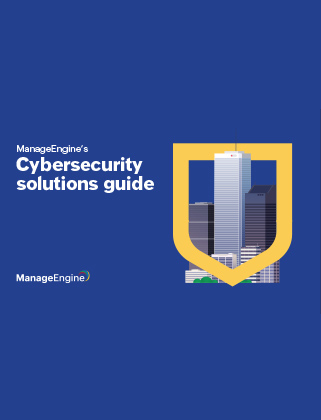
Cybersecurity solutions guide
Download
Patch management best practices: A detailed guide
Download
Adopting a Zero Trust framework to safeguard against generative AI cyberthreats
Download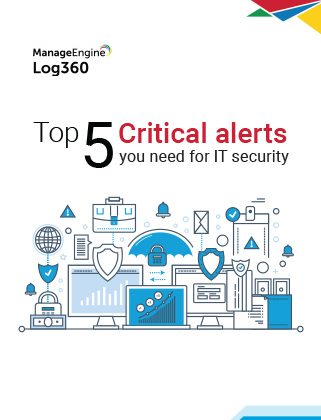
Top five critical alerts you need for IT security
Download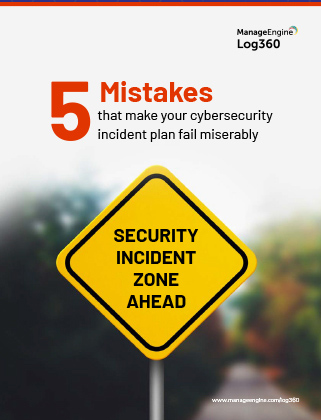
5 mistakes that make your cybersecurity incident plan fail miserably
Download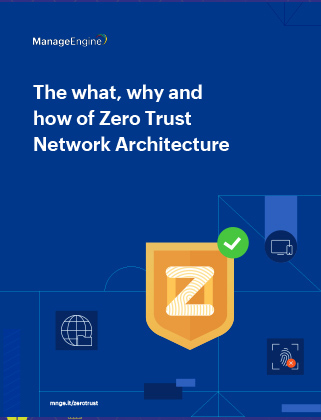
The what, why and how of Zero Trust Network Architecture
Download
Breaching the cybersecurity silo
Download
Accelerate Zero Trust with strong authentication
Download
The dark side of AI, the ultimate guide to combat its imminent threats
Download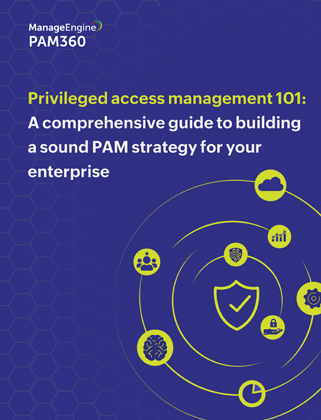
Privileged access management 101
Download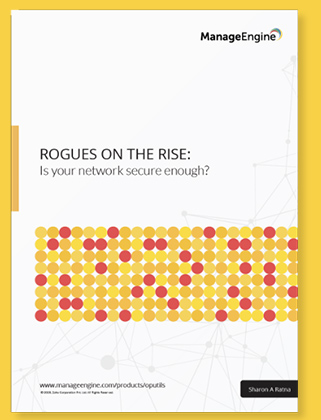
Rogues on the rise
Download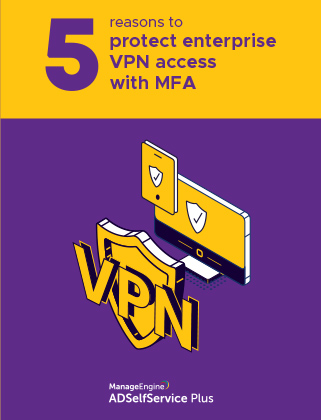
5 reasons to protect enterprise VPN access with MFA
Download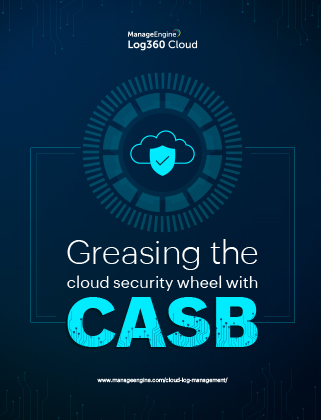
Greasing the cloud security wheel with cloud CASB
Download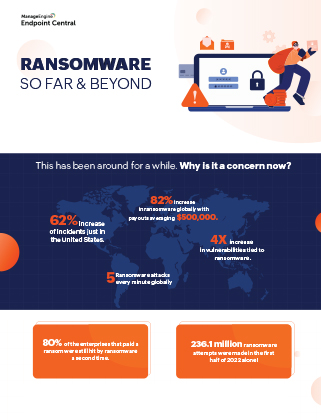
Ransomware so far and beyond
Download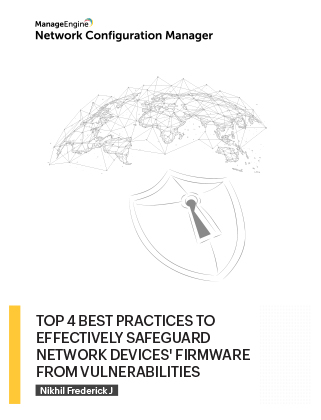
Top 4 best practices to manage firmware vulnerabilities effectively
Download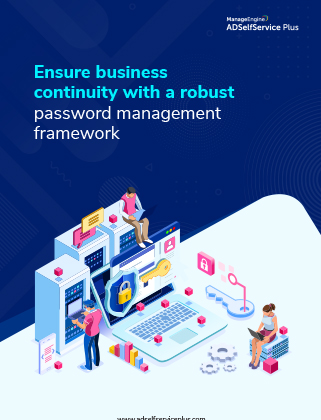
Ensure business continuity with a robust password management framework
DownloadLoad more
If you are chosen as a winner, we will need to contact you.
Please submit your name and email address.
Please select any one option!!!!
Timer
Your score has been submitted.
You are being redirected to the video/resource page.
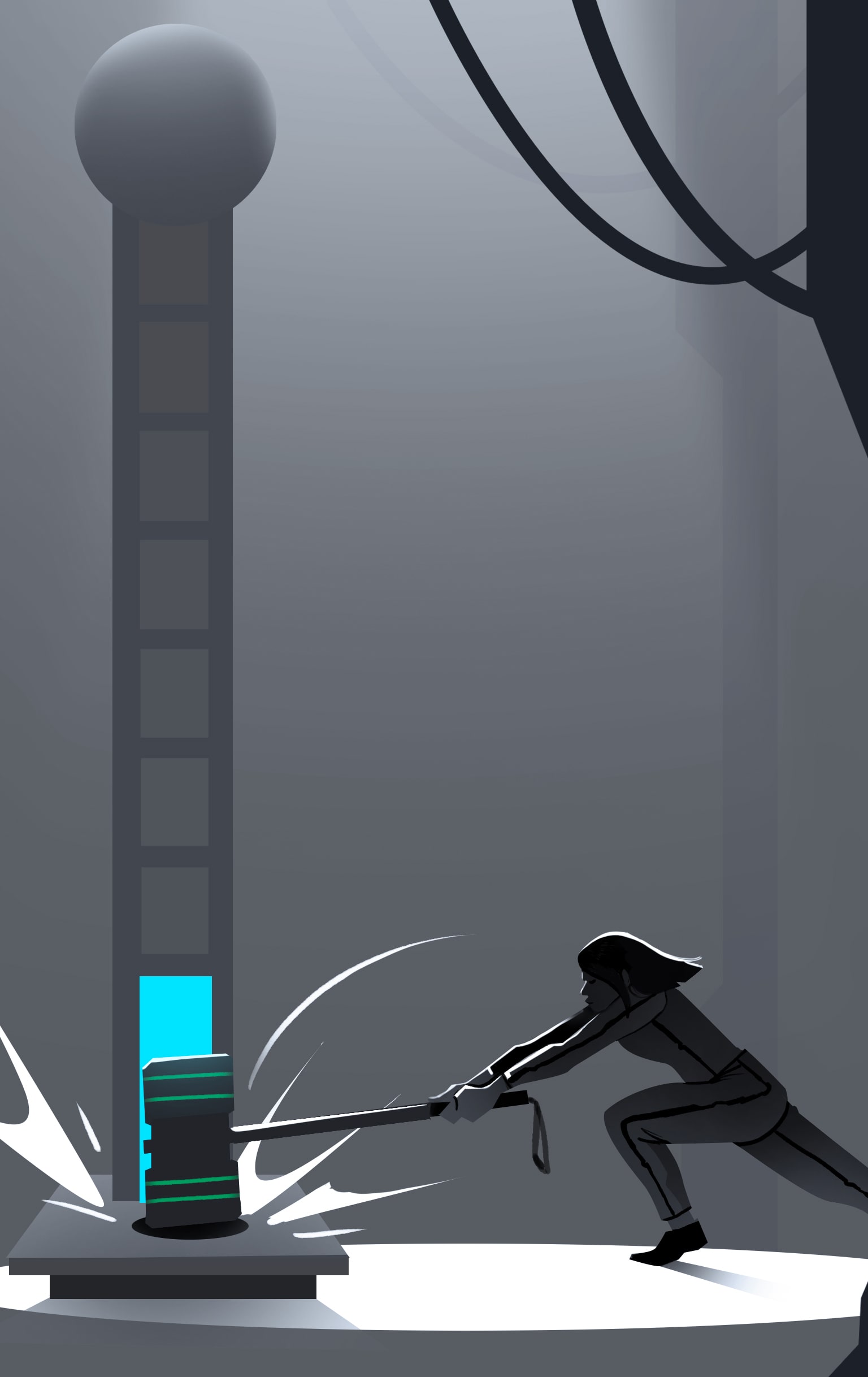

Look at assessing the risk associated with data,
users, and entities at various levels and document it.
You can then frame processes for continuous risk
assessment and establish them as organization policies.
Assess assets, systems, and data for cybersecurity risks.
Maintain an updated inventory of devices and software.
Integrate third-party risk assessment into strategy.
Establish strong user authentication and access controls.